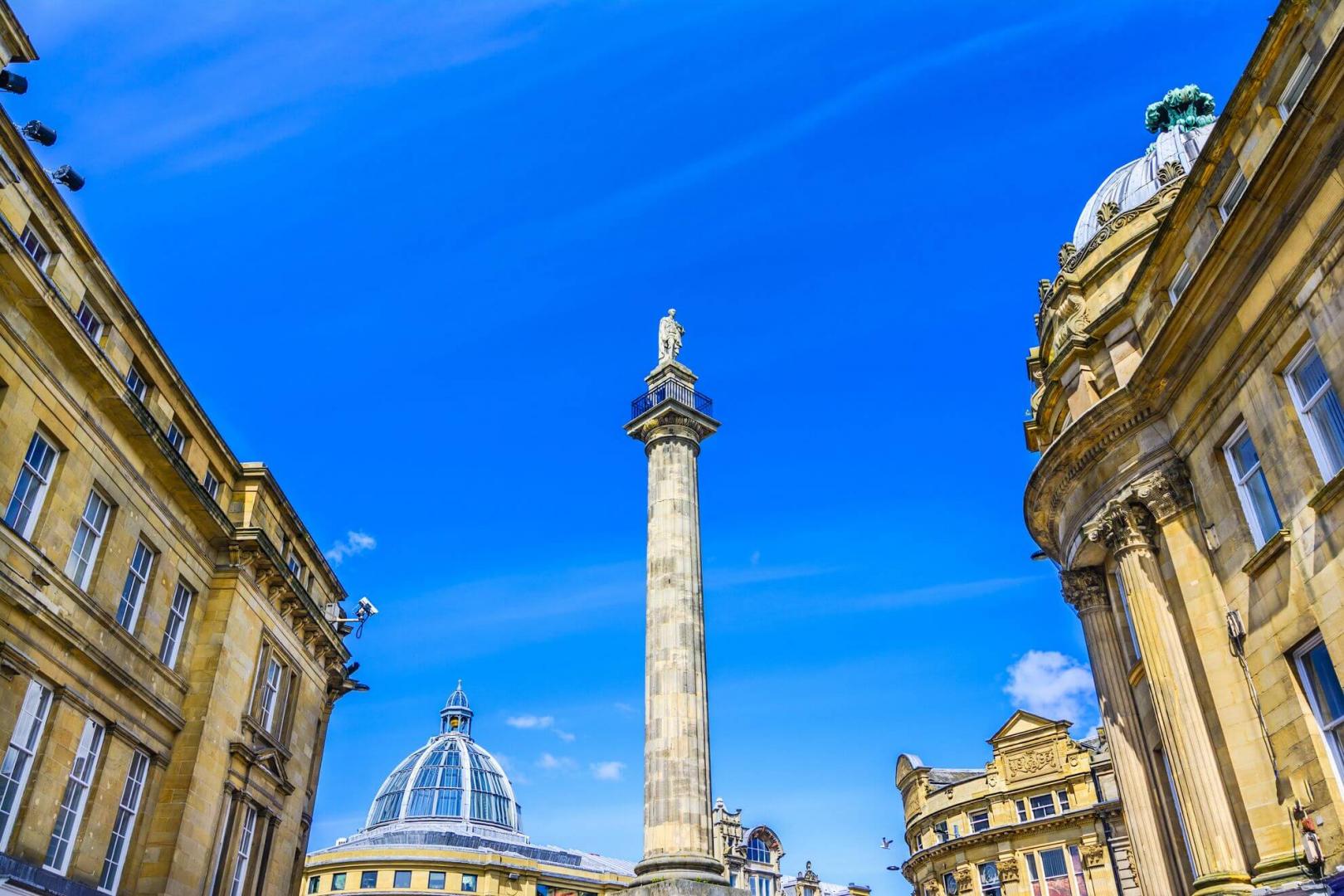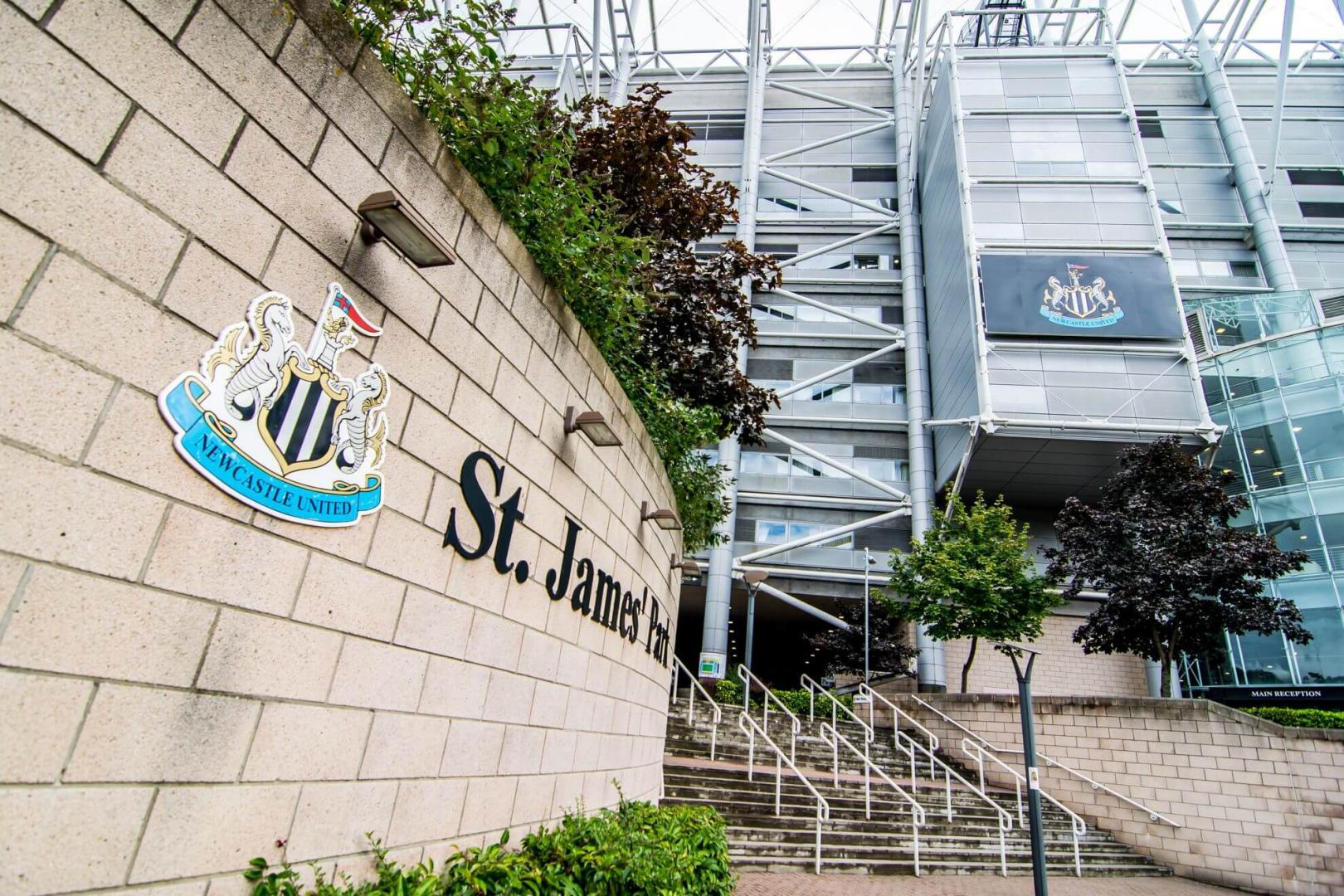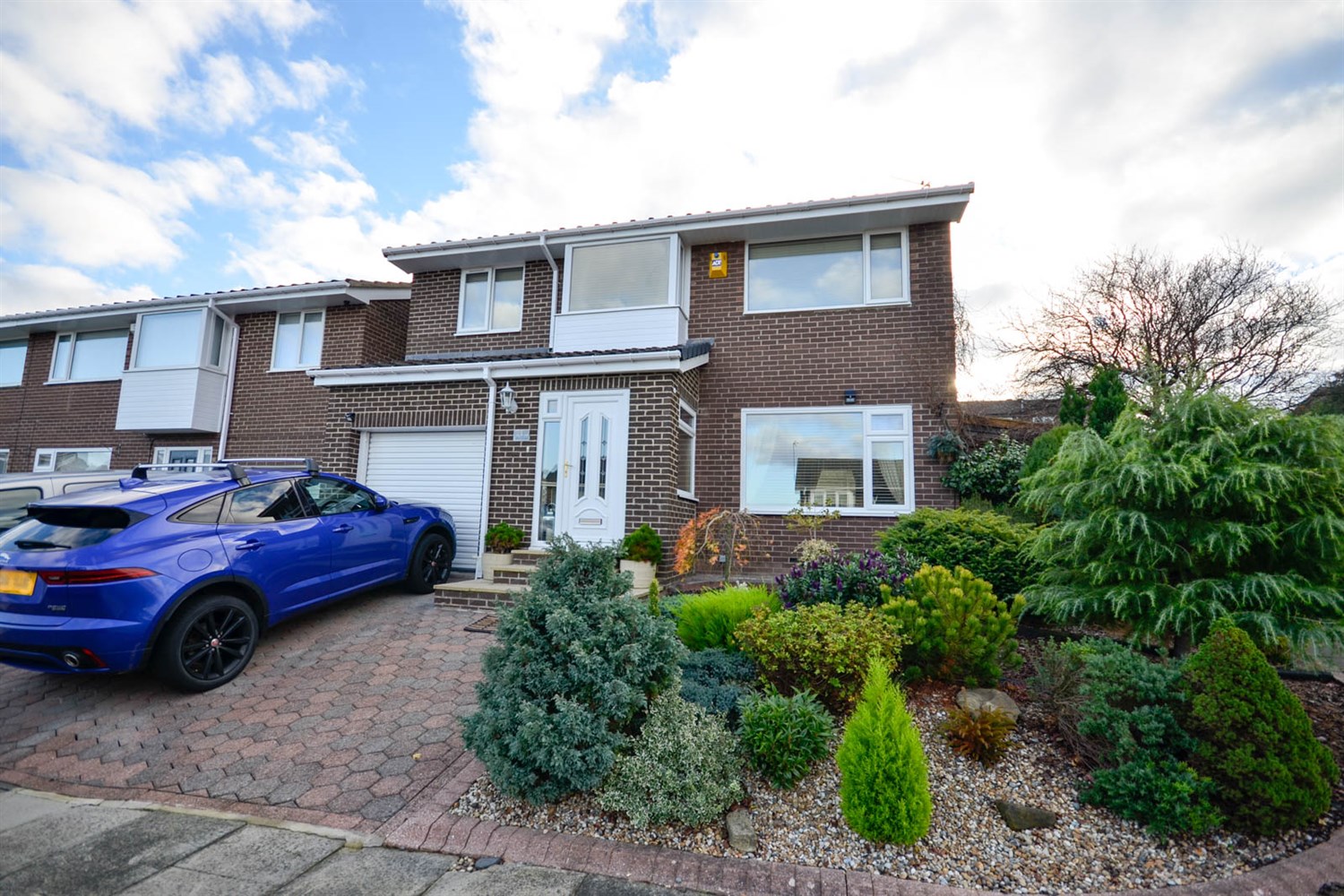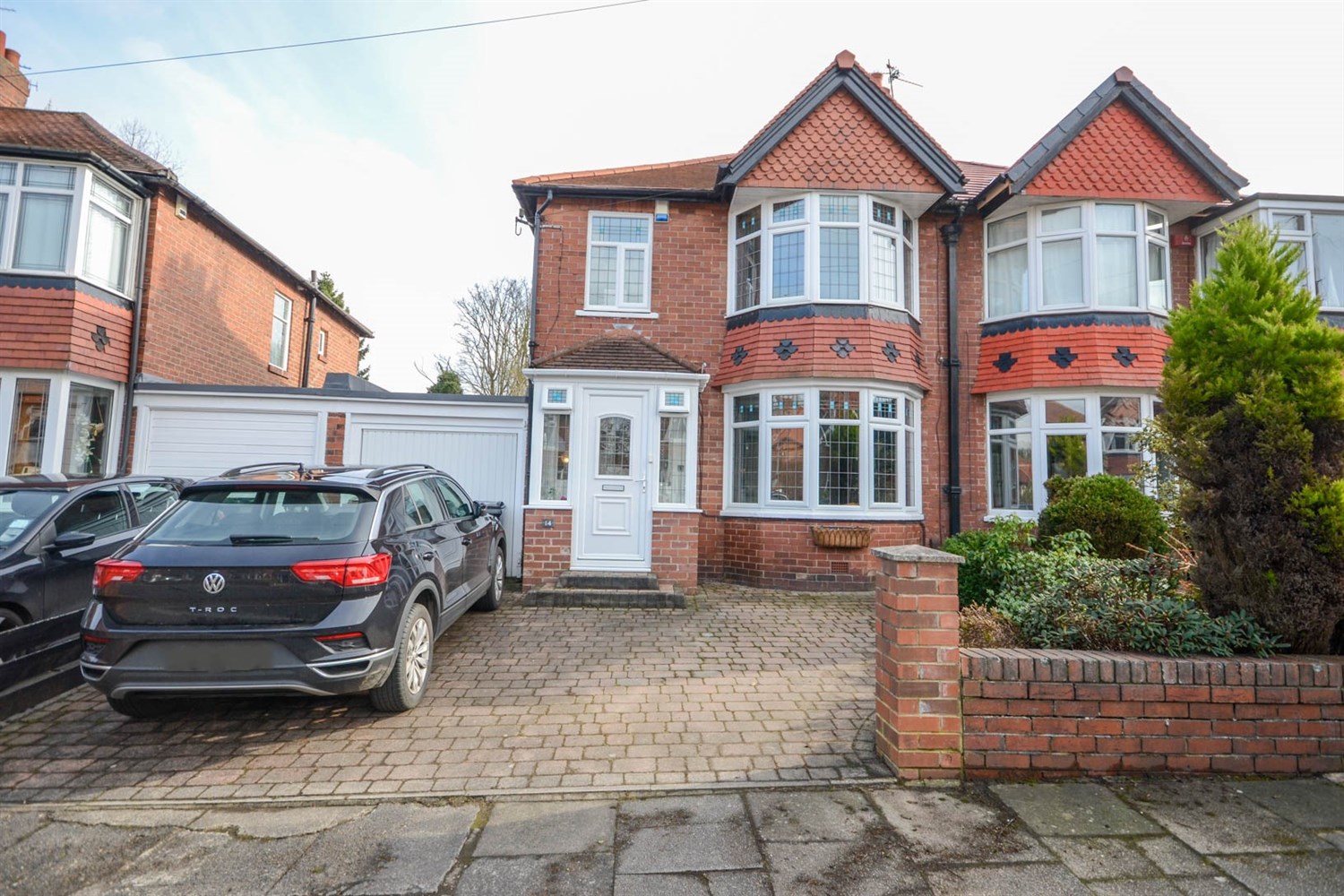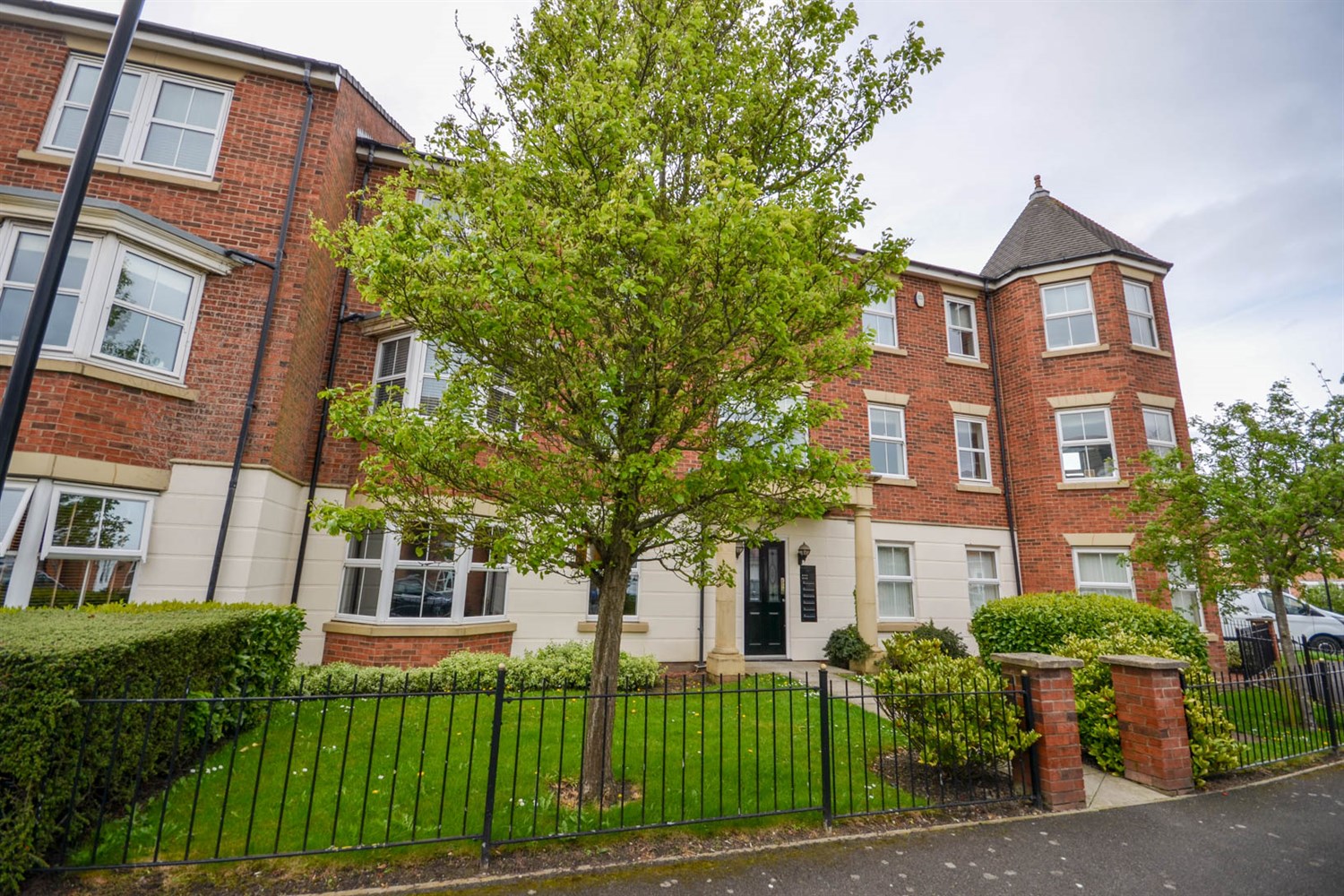Location
North of the River Tyne there is a vibrant population made up of various districts coming under the banner of Newcastle City Council and North Tyneside. Stretching from the coastal areas of Tynemouth and Whitley Bay to North Shields and Wallsend at the mouth of the River and inland to the West towards Hexham.
All of these areas have their own communities and public services but the hub of the area is sure to be Newcastle City Centre ie. The Toon! Newcastle is the party capital of the North East, having a wide range of shops, bars and restaurants and a wealth of history from the historical Keep, Quayside area, theatres and various churches and places of worship including St Nicholas Cathedral located in the heart of the town.
Connections
Most areas are connected via the Metro Rapid Transit service from various Stations in Newcastle taking you to the coast and South of the Tyne towards South Shields and Sunderland. There is also an excellent bus service, Central Station for national rail being a Grade ll listed building providing main routes to all parts of the Country including London and over the border to Scotland and not forgetting Newcastle International Airport which serves the North East.
Shopping & Leisure
Shop until you drop at Eldon Square in Newcastle City Centre or stroll down Northumberland Street towards the Monument and take in the impressive architecture of Grey Street. The classic indoor Grainger Market was built in 1835 and houses various food and shopping outlets to suit all needs. The vast countryside and coastal areas of Northumberland are easily accessible for exploring further afield, offering various leisure amenities, walking, Stately Homes and Castles to explore, beaches and the like. Newcastle is home to internationally renowned rugby and football clubs the Newcastle Falcons and Newcastle United F.C. at St James Park.
Local History
Newcastle Upon Tyne is situated on the North banks of the River Tyne, and dates back almost 2000 years ago. Due to its location the town developed greatly during the middle ages and had a major part in the Industrial Revolution with shipbuilding and heavy engineering playing a huge role, and the town was granted City status in 1882. The Romans first built a bridge across the River Tyne in AD 122, which was called Pons Aelius or ‘Bridge of Aelius’, Aelius being the family name of Roman Emperor Hadrian. The Emperor was responsible for the Roman wall built across Northern England, ‘Hadrians Wall’, some of which can still be seen today. Newcastle is well known for its beautiful architecture, and the City owes a lot of this to the builder Richard Grainger, aided by architects John Dobson, Thomas Oliver, John and Benjamin Green and others. Grainger won a competition to produce a new plan for Central Newcastle, where he changed over 12 acres, including new thoroughfares with connecting streets including Clayton Street, Grainger Street and most of Grey Street. Grey Street is considered to be one of the finest streets in the UK.
5 Reasons to Live in Newcastle Upon Tyne
- Newcastle and Northumbria Universities provide world-class education to thousands of students each year
- Wide array of Shopping and Eateries in the City Centre
- Vibrant City Centre Nightlife with plenty of bars, pubs and nightclubs which prove very popular with the student population of Newcastle
- World Famous Architecture and Bridges over the Tyne
- Culture Museums and Art galleries such as the Laing Art Gallery and the Hancock Museum

